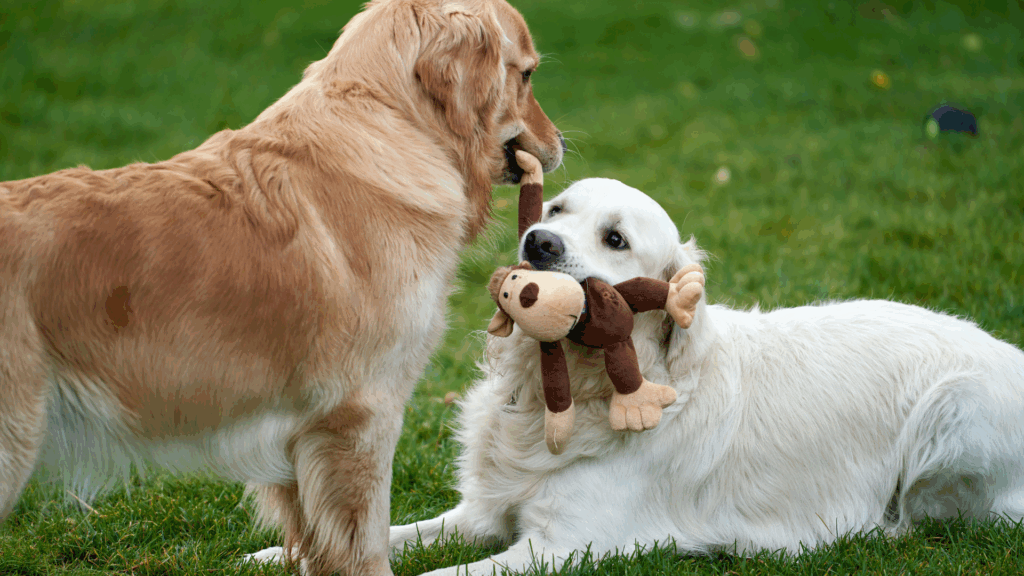When it comes to e-collars, one of the most frequent concerns dog owners express is, “Will my dog become a robot?” It’s a valid question, rooted in a fear that using an e-collar will strip your dog of its personality, turning it into an emotionless, obedient machine.
This worry is often fueled by misinformation and a lack of understanding about how e-collars actually work. But here’s the truth: if you’re asking this question, you’re likely missing out on the real potential of what an e-collar can do for your dog.

The Reality: E-Collars Enhance Communication, Not Control
Let’s get one thing straight: an e-collar is a tool, not a remote control for a robot. The idea that your dog will become a mindless automaton with an e-collar is simply false. E-collars, when used correctly, are designed to enhance communication between you and your dog, not to control them or suppress their natural behavior.
In fact, e-collars can help bring out the best in your dog by offering clear, consistent communication. Dogs thrive on structure and understanding what’s expected of them. An e-collar helps bridge the communication gap, making your commands clear and easily understood, even in distracting environments. This clarity actually empowers your dog, allowing them to confidently navigate their world without the confusion or frustration that can arise from inconsistent or unclear commands.
So, will your dog be a robot with an e-collar? Absolutely not. What they will be is a well-communicated, confident companion who understands the boundaries and expectations set for them.

The Misunderstanding of E-Collar Use
Another reason for the “robotic dog” myth is the misconception that e-collars are about punishment and control. Many people think that an e-collar is just a tool for forcing compliance, zapping a dog into submission. This couldn’t be further from the truth. The purpose of an e-collar is not to force obedience through fear but to provide gentle, adjustable feedback that your dog can understand.

The Positive Impact of Proper E-Collar Training
When used properly, an e-collar is a communication device, not a punishment tool. It allows you to deliver gentle cues that guide your dog toward the right behavior, much like a tap on the shoulder or a whisper in their ear. This is why so many trainers and behaviorists advocate for e-collars—they’re a tool for clear, consistent communication that can actually deepen the bond between you and your dog.
E-collar training done right doesn’t strip away your dog’s personality. It allows their natural behaviors to shine through while ensuring they remain safe and responsive, even in challenging situations. Whether it’s off-leash reliability, curbing unwanted behaviors, or simply enhancing your dog’s training, an e-collar is a versatile tool that, when used correctly, supports your dog’s freedom rather than restricting it.

Final Thoughts
The idea that an e-collar will turn your dog into a robot is nothing more than a myth—one that can prevent you from utilizing a tool that could greatly improve your dog’s life. Instead of fearing the e-collar, understand it. Learn how to use it properly, and you’ll discover that your dog won’t lose their personality; they’ll gain confidence, clarity, and the freedom to be the best version of themselves.
So, will your dog be a robot with an e-collar? No. They’ll be a well-trained, well-communicated, and incredibly happy dog who knows exactly what you expect of them.





